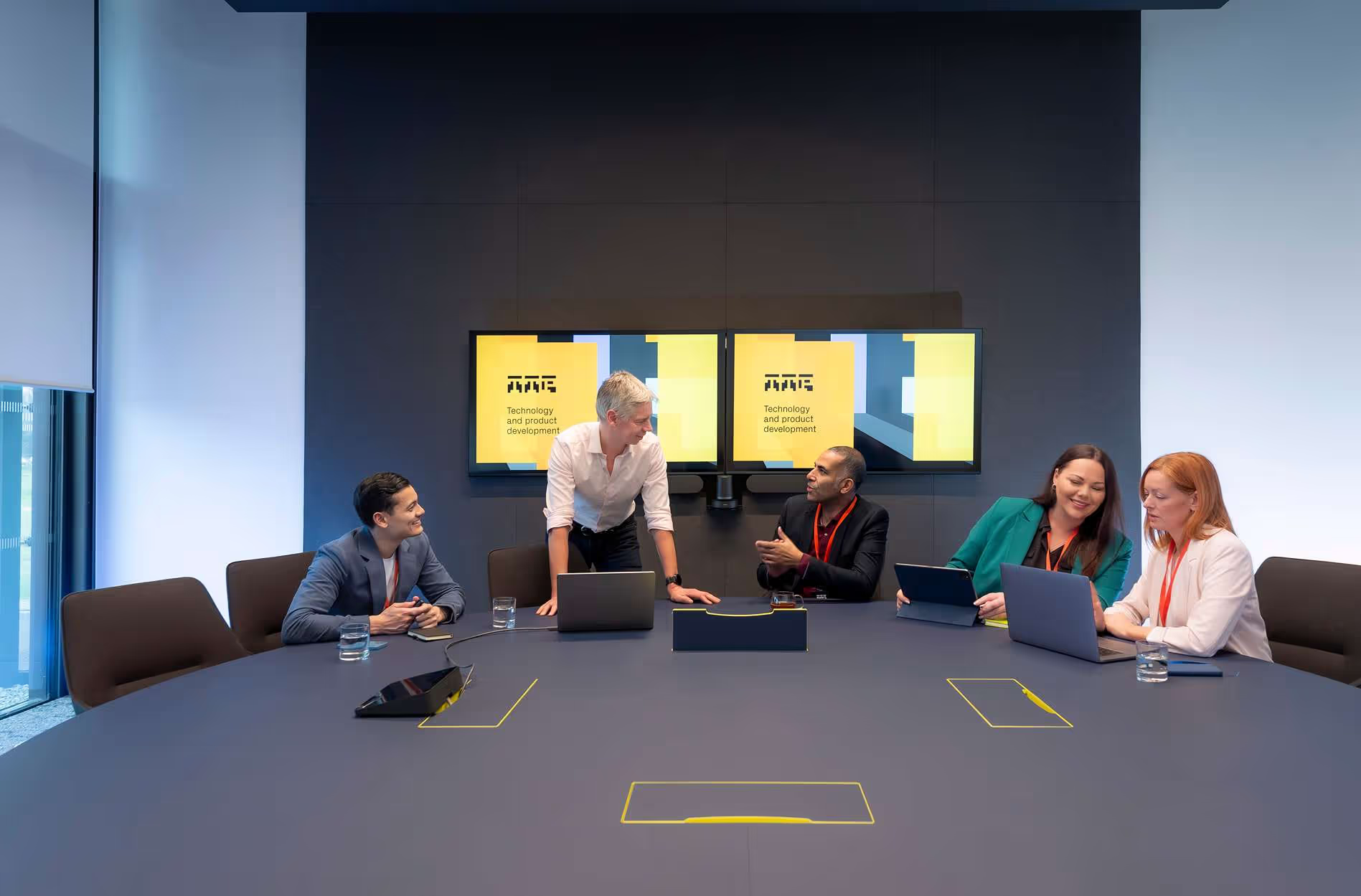

Redefine possible
We can solve your most difficult problems in technology and product development.
By channelling our deep domain intelligence and interdisciplinary expertise, we have proven time and again our indispensable ability to deliver transformational products and technology for our clients.
For nearly 40 years, we’ve worked with start-ups and established corporates to help them accelerate innovation, realise their vision and redefine what’s possible.
So, if you want to move ahead in your market, let’s talk.


Biologics and mRNA are shaping the future of medicine, traditionally delivered through injections. Svilen Savov asks what if we could unlock the potential of inhalation for these advanced therapies?
See our stand at...
Advanced Therapies Week (Phacilitate) 2025

Pharmapack Europe 2025


LINK’s versatile consumable library has provided CS Genetics with a powerful toolkit for refining and de-risking our single-cell applications to meet diverse customer needs
Simon Lesbirel
Consultant, TTP plc

Partnering with TTP has been pivotal in Augmented developing smart safety glasses that redefine how frontline workers across multiple sectors globally carry out their jobs. The ability of ‘edge connected workers’ to access real-time data and receive AI assistance while maintaining safety standards will be transformative. While the product solutions are still in final development, we are highly confident that the innovation we are achieving with TTP will provide unparalleled value to industries that are dependent on operational efficiency and worker safety.
Gregg Eichhorn
CEO, Augmented Limited

To accelerate the development of our novel neuromodulation system, we wanted to find a partner we could work with dynamically and not just a black box output that some suppliers offered. TTP were able to bring a large team of electronics, mechanical, RF and human factors engineers together to help us realise the system in rapid time ahead of human clinical trials. From patient interviews and mechanical design to power circuits and regulated firmware, TTP delivered high quality outputs that guided the design of the implant, wearable and companion device.
Senior Director of Engineering
Neurotech Startup
Our areas of focus
We deliver state-of-the-art solutions for companies across a broad range of sectors, explore our areas of focus below.

Heading 6
Lorem ipsum dolor sit amet, consectetur adipiscing elit, sed do eiusmod tempor incididunt ut labore et dolore magna aliqua. Ut enim ad minim veniam, quis nostrud exercitation ullamco laboris nisi ut aliquip ex ea commodo consequat. Duis aute irure dolor in reprehenderit in voluptate velit esse cillum dolore eu fugiat nulla pariatur.

Heading 6
Lorem ipsum dolor sit amet, consectetur adipiscing elit, sed do eiusmod tempor incididunt ut labore et dolore magna aliqua. Ut enim ad minim veniam, quis nostrud exercitation ullamco laboris nisi ut aliquip ex ea commodo consequat. Duis aute irure dolor in reprehenderit in voluptate velit esse cillum dolore eu fugiat nulla pariatur.

Heading 6
Lorem ipsum dolor sit amet, consectetur adipiscing elit, sed do eiusmod tempor incididunt ut labore et dolore magna aliqua. Ut enim ad minim veniam, quis nostrud exercitation ullamco laboris nisi ut aliquip ex ea commodo consequat. Duis aute irure dolor in reprehenderit in voluptate velit esse cillum dolore eu fugiat nulla pariatur.

Heading 6
Lorem ipsum dolor sit amet, consectetur adipiscing elit, sed do eiusmod tempor incididunt ut labore et dolore magna aliqua. Ut enim ad minim veniam, quis nostrud exercitation ullamco laboris nisi ut aliquip ex ea commodo consequat. Duis aute irure dolor in reprehenderit in voluptate velit esse cillum dolore eu fugiat nulla pariatur.

Heading 6
Lorem ipsum dolor sit amet, consectetur adipiscing elit, sed do eiusmod tempor incididunt ut labore et dolore magna aliqua. Ut enim ad minim veniam, quis nostrud exercitation ullamco laboris nisi ut aliquip ex ea commodo consequat. Duis aute irure dolor in reprehenderit in voluptate velit esse cillum dolore eu fugiat nulla pariatur.

Heading 6
Lorem ipsum dolor sit amet, consectetur adipiscing elit, sed do eiusmod tempor incididunt ut labore et dolore magna aliqua. Ut enim ad minim veniam, quis nostrud exercitation ullamco laboris nisi ut aliquip ex ea commodo consequat. Duis aute irure dolor in reprehenderit in voluptate velit esse cillum dolore eu fugiat nulla pariatur.
Join us
You’ll learn from the specialists around you. Because our project teams are made up of scientists and engineers from different disciplines, you’ll never stop learning from those around you (and they’ll keep learning from you).
And within our collaborative client-focused projects, with the support of the team around you, you’ll develop the client-facing and commercial skills to sell your ideas.
.avif)
Meet
George
.avif)
Meet
Sophie

Meet
Vidhya

Designed for collaboration, creativity, and innovation


Our campus has been designed with a clear vision. To create a space which can support our people and our clients as we develop and deliver the very best technology solutions.





